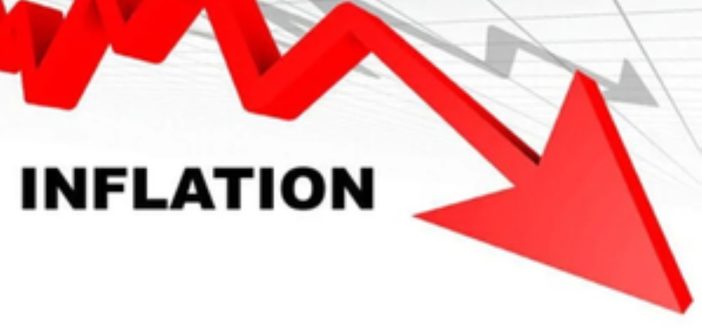India’s annual inflation rate, measured by the Consumer Price Index (CPI), dropped to 3.34 percent in March 2025, its lowest level since August 2019. This marks a significant decline compared to the same month last year, according to data released by the Ministry of Statistics. Food inflation in March also eased, falling to 2.69 percent, the lowest since November 2021.
The decline in headline inflation and food inflation was largely driven by reduced price rises in vegetables, eggs, pulses, meat, fish, cereals, and milk. Key items with the most substantial year-on-year price decreases include ginger (-38.11 percent), tomato (-34.96 percent), cauliflower (-25.99 percent), jeera (-25.86 percent), and garlic (-25.22 percent).
Housing inflation for March stood at 3.03 percent, slightly higher than February’s rate of 2.91 percent. Notably, the housing inflation index is limited to the urban sector. The fuel and light inflation rate decreased to 1.48 percent, while education inflation was recorded at 3.98 percent.
The Reserve Bank of India (RBI) recently revised its inflation forecast for the 2025-26 fiscal year from 4.2 percent to 4.0 percent, citing positive trends in food inflation. The RBI Governor highlighted the sharp correction in food inflation observed during January and February 2025, which has set the stage for a durable reduction in inflation pressures. Record wheat production, robust kharif crop arrivals, and higher output of key pulses have also contributed to the improved outlook.
Additionally, the sharp decline in global crude oil prices has been a favorable factor for India’s inflation trajectory. However, the Governor noted potential risks arising from global market uncertainties and adverse weather-related supply disruptions.
The RBI projects CPI inflation for the 2025-26 fiscal year at 4.0 percent, with first-quarter inflation estimated at 3.6 percent, second-quarter at 3.9 percent, third-quarter at 3.8 percent, and fourth-quarter at 4.4 percent. Inflation risks are considered evenly balanced.
The declining trend in retail inflation marks a significant development for India’s economy, with implications for monetary policy and consumer purchasing power. The continued moderation in inflation expectations, supported by strong agricultural performance and global commodity trends, offers optimism for stable price levels in the coming months.





